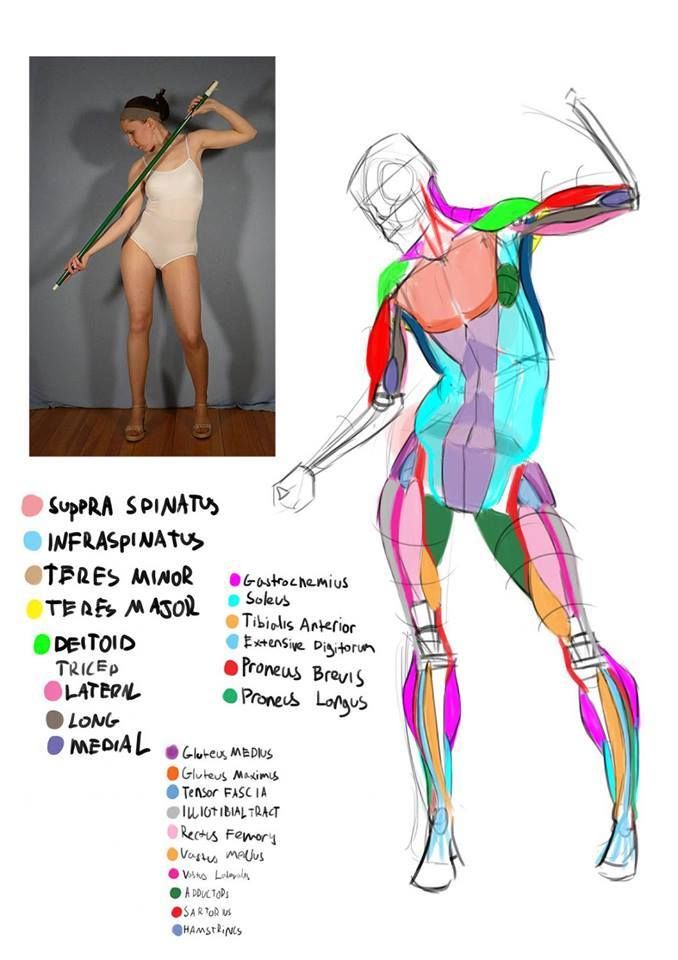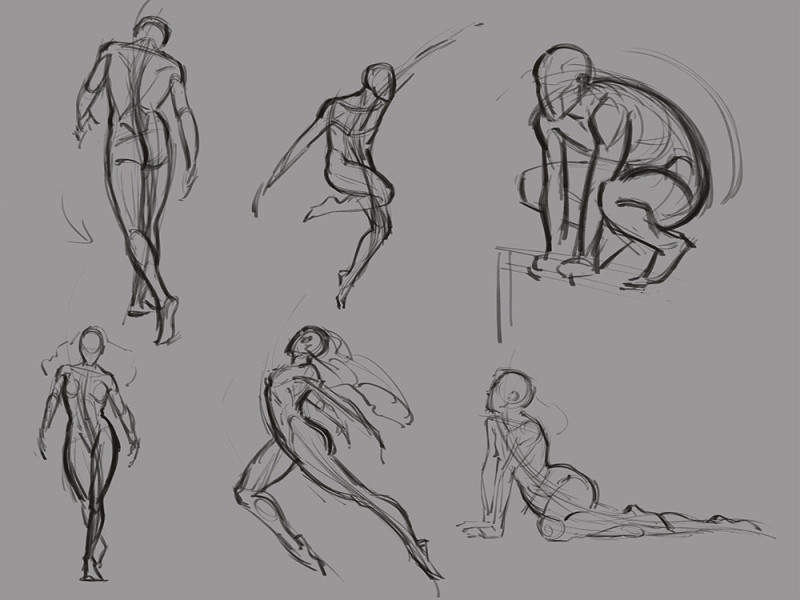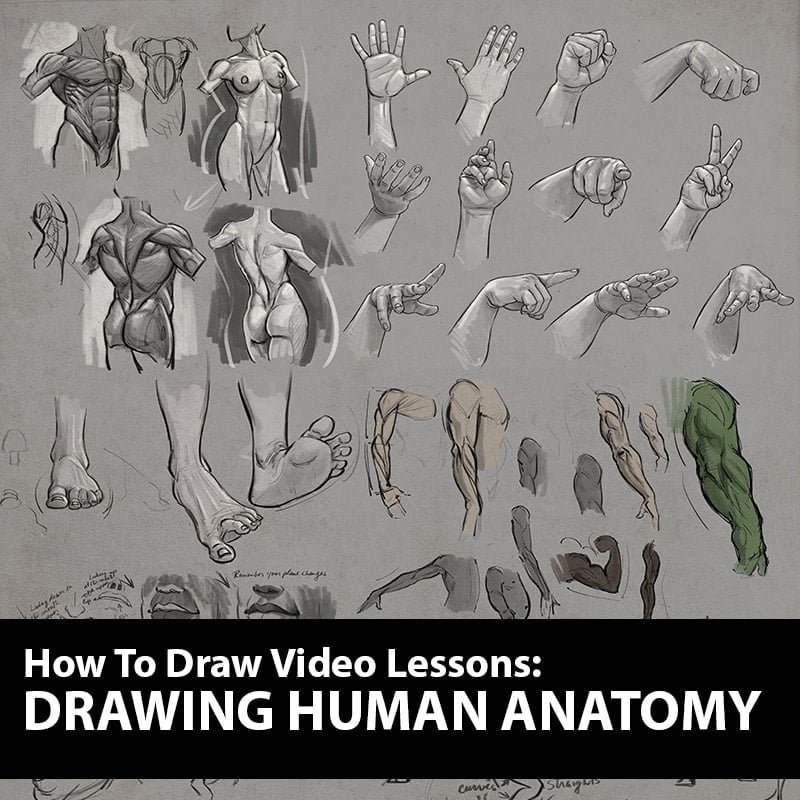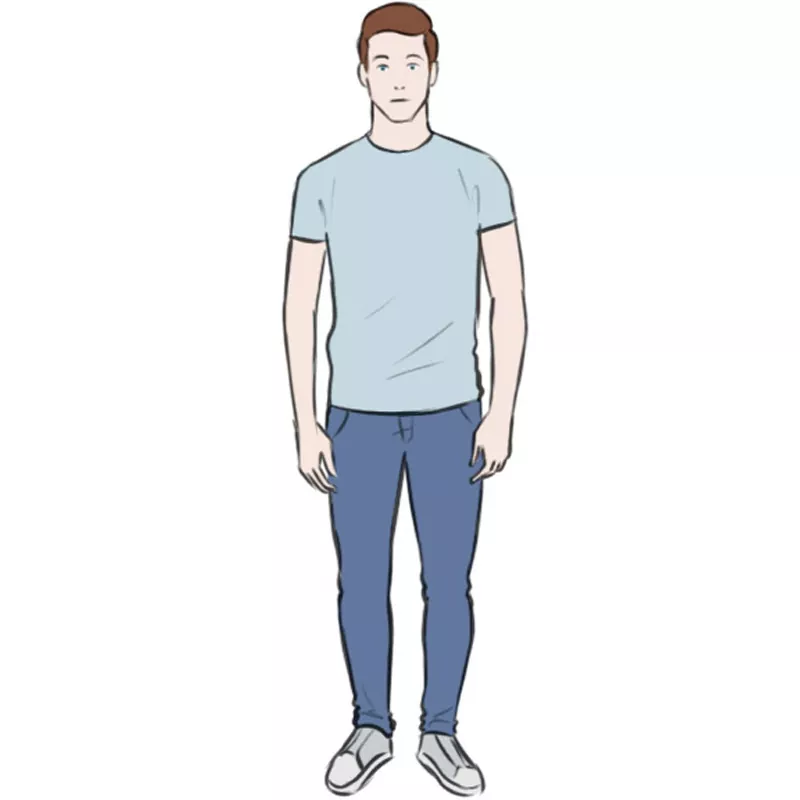Drawing anatomy human figure draw gesture tutorial lessons aaron blaise sketching creatureartteacher tutorials course complete
Table of Contents
Table of Contents
Have you ever struggled with drawing anatomy? Do you find yourself wanting to draw realistic figures but unsure of where to begin? Look no further, because in this article we will discuss how to draw anatomy and give you helpful tips and tricks to improve your skills.
The Struggle of Drawing Anatomy
Drawing anatomy can be a daunting task for many artists. It requires a deep understanding of the human body and its complex structures. Even professional artists struggle with creating realistic figures that accurately depict the body’s proportions, muscles, and bones. This can lead to frustration and a lack of confidence in one’s own abilities.
Answering the Target of How to Draw Anatomy
The key to drawing anatomy is practice and studying the human body. It is essential to understand the basic bone structure first, then add in the muscles and tendons. There are many resources available, such as books, online tutorials, and even 3D anatomy models, that can assist in learning the body’s intricacies. Starting with simple figures and gradually adding complexity can also help build confidence and skill.
Main Points to Keep in Mind
Keep in mind that anatomy is not a one-size-fits-all approach. Everyone’s bodies have unique shapes and proportions. It is important to understand the body’s basic structure while also embracing the nuances of individuality. Anatomy can also vary depending on the pose or action being depicted, so learning how to draw from different angles and perspectives is crucial. Utilizing reference images and studies of real-life people can also be beneficial.
Muscles and Tendons
One helpful tip for drawing accurate anatomy is to focus on the muscles and tendons. These are the structures that shape the body and create movement. Understanding how they attach to bones and how they stretch and contract can add an extra level of realism to your drawings. One way to practice is to draw skeletal structures and add muscles and tendons on top.

Gesture Drawing
Gesture drawing is another helpful technique for mastering anatomy. It involves quick, loose sketches that capture the essence of movement and form. This can be an effective way to warm up and train the eye to see the body’s basic shapes and proportions. Gesture drawing can also help with creating dynamic, action-filled compositions.

Textures and Shading
Textures and shading are also important aspects of drawing anatomy. Understanding how light interacts with the body’s surfaces can add depth and dimension to your work. This can be achieved through hatching, cross-hatching, and other shading techniques. It is also important to consider the surface’s texture, whether it be smooth skin or rough clothing.

Different Body Types
It is also essential to understand that not all bodies are the same. Bodies come in a variety of shapes and sizes. Some have broader shoulders, while others have wider hips. Understanding these differences and utilizing them in your work can create more authentic and diverse characters.

Question and Answer
Q: How can I ensure my anatomy is accurate?
A: Practice and study. Utilize resources such as anatomy books, online tutorials, and reference images to improve your skills.
Q: How do I know where to begin drawing anatomy?
A: Start with the basics, such as bone structure, and gradually add in complexity. Focus on learning how muscles and tendons attach to bones and stretch and contract.
Q: How can I make my figures look more dynamic and engaging?
A: Consider utilizing gesture drawing to capture movement and form. Also, pay attention to textures and shading to create depth and dimension.
Q: Why is it important to understand different body types?
A: Bodies come in a variety of shapes and sizes, and understanding these differences can create more authentic and diverse characters in your work.
Conclusion of How to Draw Anatomy
Mastering anatomy can be a challenging task, but with practice and dedication, it is possible to create realistic and engaging figures. Utilizing resources and focusing on the body’s basic structures, such as bone and muscle, can build a strong foundation for improvement. Remember to embrace individuality and consider different body types when creating your work.
Gallery
How To Figure Drawing Tutorial - Drawing Human Anatomy Lessons

Photo Credit by: bing.com / drawing anatomy human figure draw gesture tutorial lessons aaron blaise sketching creatureartteacher tutorials course complete
How To Figure Drawing Tutorial - Drawing Human Anatomy Lessons

Photo Credit by: bing.com / anatomy human drawing lessons draw anatomie tutorial figure aaron blaise tutorials
Anatomy Drawing With Figurosity | Mannequin Model Construction & Muscle

Photo Credit by: bing.com / anatomy drawing muscle model construction mannequin placement figurosity
Anatomy As Shape - Drawing Life - Joshua Nava Arts

Photo Credit by: bing.com / anatomy body drawing human shape draw drawings limbs paintingvalley
Body Anatomy Drawing | Free Download On ClipArtMag

Photo Credit by: bing.com / anatomy drawing body human figure clipartmag sketches reference clipart





